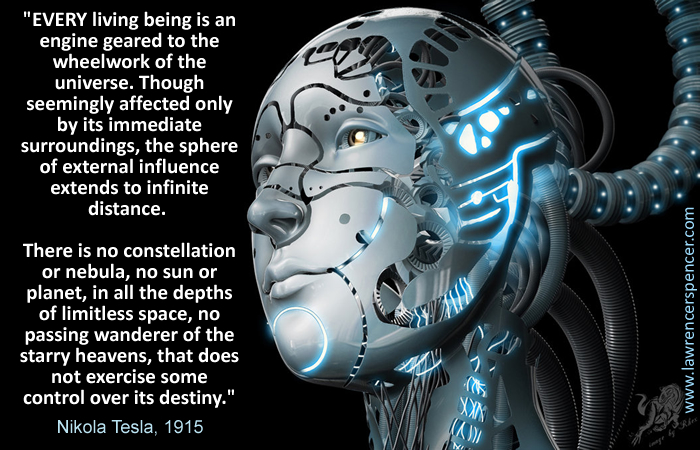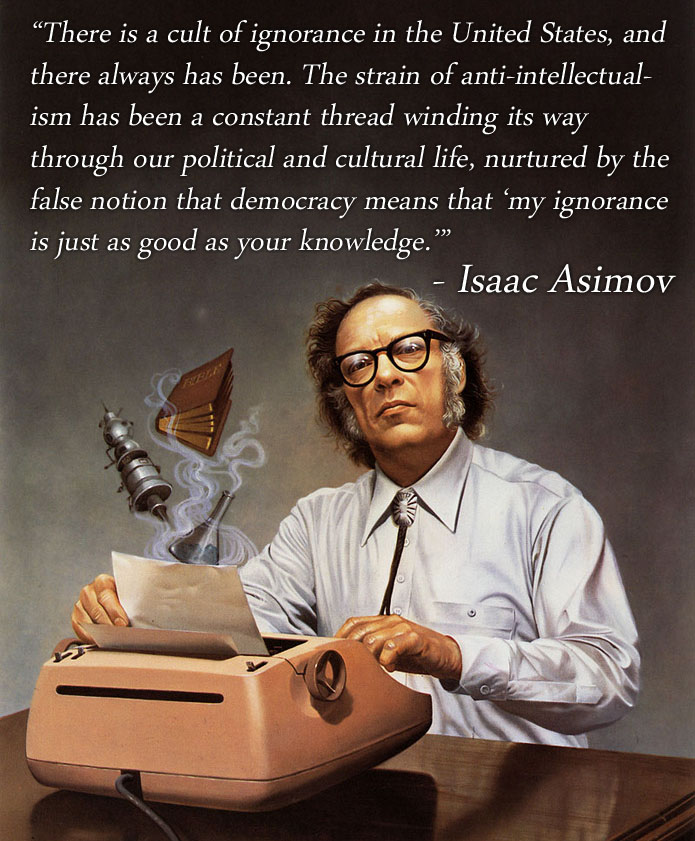Republished by Blog Post Promoter
From an article published in the RICHMOND TIMES-DISPATCH, February 21, 1915, By Mr. Nikola Tesla
“EVERY living being is an engine geared to the wheelwork of the universe. Though seemingly affected only by its immediate surroundings, the sphere of external influence extends to infinite distance. There In no constellation or nebula, no sun or planet, in all the depths of limitless space, no passing wanderer of the starry heavens, that does not exercise some control over its destiny. Not in the vague and delusive sense of astrology, but in the rigid and positive meaning of physical science.
More than this can be said. There is no thing endowed with life — from man, who is enslaving the element to the humblest creature in all this world — that does not sway it in turn. Whenever action is born from force, though it be infinitesimal, the cosmic balance is upset and universal motion results.”
MAN AS A MACHINE
Great strides have since been made in the art of anatomy, physiology and all branches of science, and the workings of the man-machine are now perfectly clear. Yet the very fewest among us are able to trace their actions to primary external causes. It is indispensable to the arguments I shall advance to keep In mind the main facts which I have myself established in years of close reasoning and observation and which may be summed up as follows:
1. The human being is a self-propelled automaton entirely under the control of external influences. Willful and predetermined though they appear, his actions are governed not from within, but from without. He is like a float tossed about by the waves of a turbulent sea.
2. There is no memory or retentive faculty based on lasting impression. What we designate as memory is but increased responsiveness to repeated stimuli.
3. It is not true, as Descartes taught, that the brain is an accumulator. There is no permanent record in the brain, there Is no stored sponge to disturbances directly received on the knowledge. Knowledge Is something akin to an echo that needs a disturbance to be called into being.”





